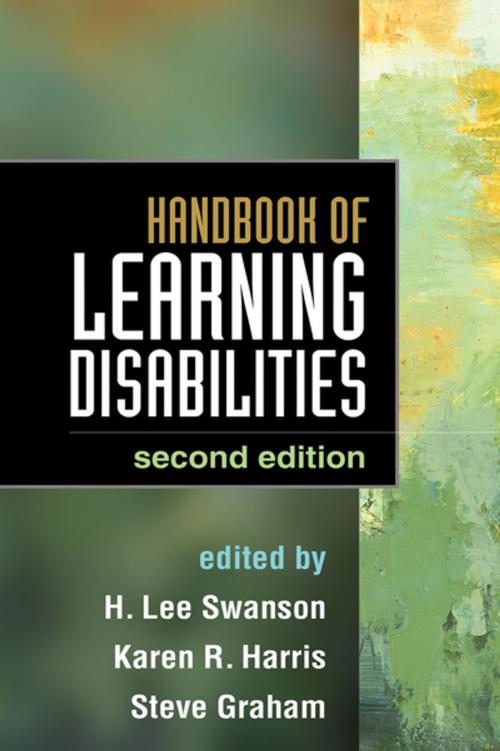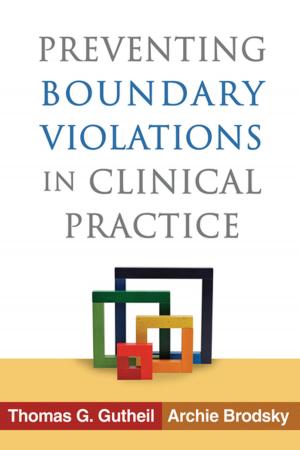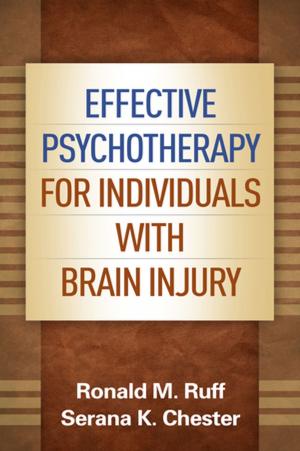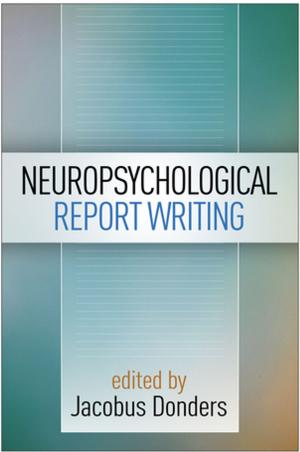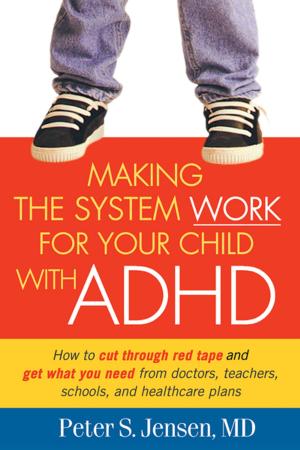Handbook of Learning Disabilities, Second Edition
Nonfiction, Reference & Language, Education & Teaching, Special Education, Learning Disabled, Language Arts, Literacy, Health & Well Being, Psychology, Neuropsychology| Author: | ISBN: | 9781462508563 | |
| Publisher: | Guilford Publications | Publication: | February 11, 2013 |
| Imprint: | The Guilford Press | Language: | English |
| Author: | |
| ISBN: | 9781462508563 |
| Publisher: | Guilford Publications |
| Publication: | February 11, 2013 |
| Imprint: | The Guilford Press |
| Language: | English |
Widely regarded as the standard reference in the field, this comprehensive handbook presents state-of-the-art knowledge about the nature and classification of learning disabilities (LD), their causes, and how individuals with these difficulties can be identified and helped to succeed. Best practices are described for supporting student performance in language arts, math, and other content areas. Contributors also identify general principles of effective instruction and review issues in service delivery within response-to-intervention (RTI) frameworks. The book critically examines the concepts and methods that guide LD research and highlights important directions for future investigation.
New to This Edition:
*Incorporates key advances in identifying and remediating LD, with particular attention to the role of RTI.
*Chapters on social cognitive, behavioral genetic, and neurobiological aspects.
*Chapters on adolescents and adults with LD.
*Chapters on spelling instruction, history instruction, and classroom technology applications.
*Chapter synthesizing 21st-century advances in LD research methods, plus chapters on advanced statistical models, single-case designs, and meta-analysis.
Widely regarded as the standard reference in the field, this comprehensive handbook presents state-of-the-art knowledge about the nature and classification of learning disabilities (LD), their causes, and how individuals with these difficulties can be identified and helped to succeed. Best practices are described for supporting student performance in language arts, math, and other content areas. Contributors also identify general principles of effective instruction and review issues in service delivery within response-to-intervention (RTI) frameworks. The book critically examines the concepts and methods that guide LD research and highlights important directions for future investigation.
New to This Edition:
*Incorporates key advances in identifying and remediating LD, with particular attention to the role of RTI.
*Chapters on social cognitive, behavioral genetic, and neurobiological aspects.
*Chapters on adolescents and adults with LD.
*Chapters on spelling instruction, history instruction, and classroom technology applications.
*Chapter synthesizing 21st-century advances in LD research methods, plus chapters on advanced statistical models, single-case designs, and meta-analysis.
